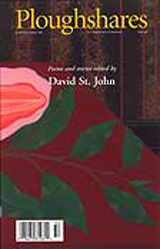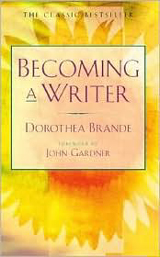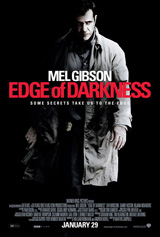At nine a.m. on the first day of AWP, informational sessions already provided the practical advice sought by conference attendees. Much of what was reviewed during this morning’s panel on “Applying to the National Endowment for the Arts: Helpful Hints for Arts Organizations” is readily available at www.nea.gov and www.grants.gov, but John Parrish Peede, Director of Literature: Grants Programs for the NEA, did provide these helpful hints:
- Read the grant guidelines.
- Flesh out your project.
- Review grants that have been previously granted by the NEA.
- Decide the appropriate category and guideline for your project.
- Contact discipline specialist and director for support.
- Double-check your math.
- Enclose an appropriate work sample.
- Include the earliest start date.
- Fill out the application checklist.
- Apply online and apply early. Peede recommends applying ten days before the deadline. The only exceptions to online applications are extreme—for those who are disabled or who aren’t within thirty miles of an Internet connection—so make sure to get a head start in chase you hit any cyber snags.
In addition, during the post-presentation Q&A, Peede addressed some issues not expressly covered in his PowerPoint or online:
- The grant narrative: “Apply as if you are a panelist,” Peede said. Think about the thousand pages of application materials they have to read. Make a “succinct, cogent argument,” no more than three pages, and break it down into subheads.
- Prior grants: Previous support is not grounds for receiving or not receiving funding. However, “one of the most important thing is the ability to pull off a project,” Peede said. The NEA doesn’t reward—or punish, for that matter—based on the past. It’s always about the project, but history does matter, so demonstrate the means to complete the project.
- Panel notes: Ask for notes from the panel’s discussion, even if you receive the grant, as these can be helpful in identifying where your application was strong and weak.
- Matching funds: The NEA requires that any grants it awards be matched one-to-one by the recipient organization. In order to achieve this, get creative and apply for consortium grants with organizations who already do this well.
- The fifty-percent question: “Do no harm,” Peede said, so when the grant application asks you what your organization would do if awarded less than fifty percent of the requested funding, say you’ll find the funding somewhere else, or you’ll scale back the project. Don’t say you’ll cut back on marketing costs, and, whatever you do, don’t say you’ll walk away from the project—the money you’d be giving up goes back to the Treasury, not the NEA, effectively cheating fellow applicants of funds.
- Theme: Although it isn’t necessary for your project to have a theme, it does provide an easy shorthand for panelists. “Theme is a useful organization principle,” Peede said. “You can build a better case” for your project.
- “Give us your best.” If Peede had one piece of advice to offer, this would be it.
Caught in the ’Net
The 25 Random Things meme on Facebook inspired this “25 Non-Random Things About Writing Short.”








